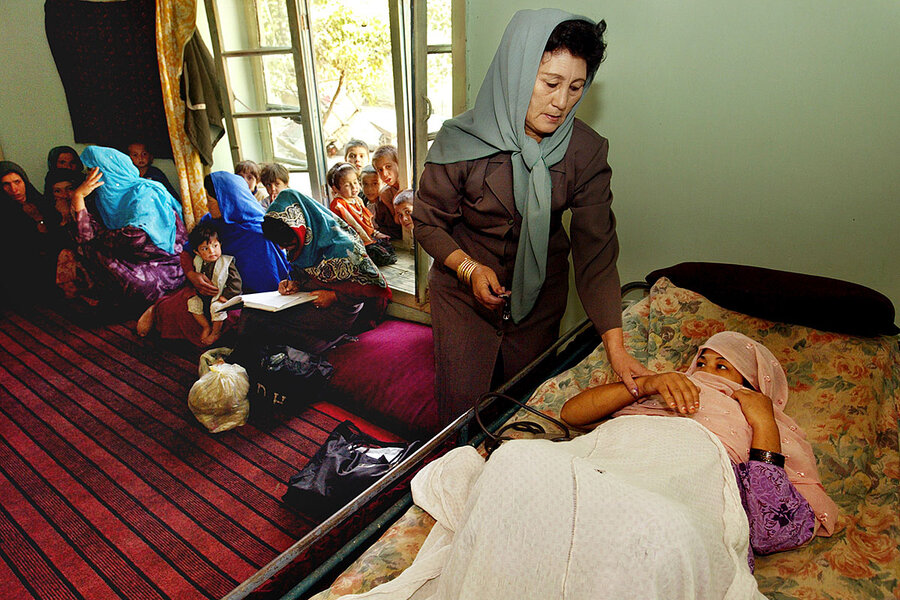In the remote, mountainous province of Badakhshan, Afghanistan, where maternal mortality rates soar to the highest in Asia, midwives like Anisa are the only hope for women seeking safe childbirth.
The region, plagued by rugged terrain, inadequate healthcare infrastructure, and poverty, has become a battleground for survival. Since the Taliban’s takeover in 2021, pressures on the healthcare and education systems have intensified, further threatening the future of maternal health.
Challenges Ahead: From Closed Schools to Halted International Aid
Following the Taliban’s return, many midwifery schools were shuttered, and strict restrictions were imposed on women’s employment in public sectors, including healthcare. These measures have drastically reduced women’s access to specialized childbirth services. According to local sources, in Badakhshan alone, over 60% of midwives have lost their jobs due to insecurity or Taliban-imposed bans.
Simultaneously, the withdrawal of international aid after the U.S. military exit in 2021 has dealt another blow to Afghanistan’s healthcare system. Critical programs like “mobile health teams,” which previously served women in remote areas, have halted due to funding cuts. This comes despite U.S. President Joe Biden’s 2021 pledge to continue support for Afghanistan; in practice, the abrupt defunding of healthcare initiatives has worsened the crisis.
The Role of Midwives: Beyond Childbirth
Midwives like Anisa not only assist in deliveries but also act as mental health counselors and social advocates for women. In Badakhshan, cultural restrictions and insecurity often prevent women from reaching medical facilities. As a result, midwives travel to their homes, providing not only medical care but also helping address personal struggles such as domestic violence or poverty. One local woman said, “Anisa is the only one who listens to me. She saved my life.”
An Uncertain Future and Human Costs
Experts warn that a combination of factors could push Afghanistan’s maternal mortality rates to catastrophic levels:
- Shortage of Trained Midwives: The closure of midwifery schools threatens the future generation of healthcare workers.
- Taliban Restrictions and Insecurity: Attacks on medical centers and bans on women traveling without a male guardian hinder access to care.
- Funding Gaps: The suspension of foreign aid has halted vital projects, including medical equipment procurement and staff training.
International Responses and Potential Solutions
Human rights organizations are urging global pressure on the Taliban to reopen midwifery schools and ensure the safety of healthcare workers. Some NGOs continue to secretly train midwives in rural areas, but these efforts remain insufficient due to insecurity and resource shortages.
Conclusion
Afghanistan’s midwives are on the frontlines of an unequal battle to save women’s lives. While the international community has largely forgotten Afghanistan, these women embody resilience in the face of humanitarian crises. However, without immediate support and healthcare system reforms, the futures of thousands of mothers and newborns hang in the balance.


